
We are in the early stages of the sixth mass extinction event in our planet’s history. This time, one single species is to blame.
The Panamanian golden frog (technically a toad) is the country’s national animal, a symbol of good luck, and extinct in the wild.
This half-hour documentary film chronicles how Panamanian biologist Edgardo Griffith and his wife Heidi Ross realized earlier than most that their homeland’s unique amphibians were in serious trouble. An invasive fungal pathogen, introduced by humans, was running rampant through the country, killing more than 90% of amphibians in its wake. They worked tirelessly in the early 2000s to capture more than 60 species of amphibians, treat them for the virulent fungus, find them a temporary home in a converted hotel room full of aquariums, and find or breed thousands of insects for them to eat. And that was just the beginning.
Now Heidi is the Director of the El Valle Amphibian Conservation Center, the permanent home for the next generations of these precious animals. Edgardo keeps searching the mountains and rainforests for remnant populations. On one of these searches he got lucky…
Watch the film to find out how.
Panel 1
The year is 2006.
Panamanian biologist Edgardo Griffith and his wife Heidi Ross work tirelessly from sun-up to the wee hours of the morning hiking into the field to collect dying amphibians. He brings them back to a makeshift lab where they get treated in a bleach solution. This rids them of the chytrid fungus that will undoubtedly kill them if left to its devices. But now the hard work of captive breeding and finding a permanent home for these lucky survivors begins….
The year is 65 million BCE.
An asteroid 8 miles across has struck the ocean and vaporized much of the life near its impact. Megatsunamis circle the globe and an impact winter is beginning. The most recent global mass extinction event has begun, and dinosaurs, pterosaurs, plesiosaurs, mosasaurs, and many other groups will be completely wiped out. But amphibians remain, having already survived for hundreds of millions of years….
The year is 2012.
Author Elizabeth Kolbert visits the El Valle Amphibian Conservation Center and learns about the plight of the Panamanian golden frog—brought so close to extinction—from Edgardo Griffith. Her experiences in Panama will form the first chapter of the book she’s writing, The Sixth Extinction. Unbeknownst to her, it will go on to win the Pulitzer Prize in 2015….
The year is 2004.
American Peace Corps volunteer Heidi Ross decides to entertain the idea of a date with a passionate young Panamanian biologist she’s just met. His background is microbiology but he seems awfully concerned about a recent discovery that his homeland’s frogs and salamanders have been dying. She agrees to accompany him to search a stream bank for bright orange toads….
The year is 2015.
A young film student decides that a couple small grants and a successful Kickstarter are going to be enough to fund 16 days of shooting a short film. He hopes there’s a story, and some amphibians, to find in the rainforests of Panama.
Panel 2
Edgardo Griffith.
Panamanian Biologist. Herpetologist. Father. Frog whisperer. Toyota 4×4 enthusiast.
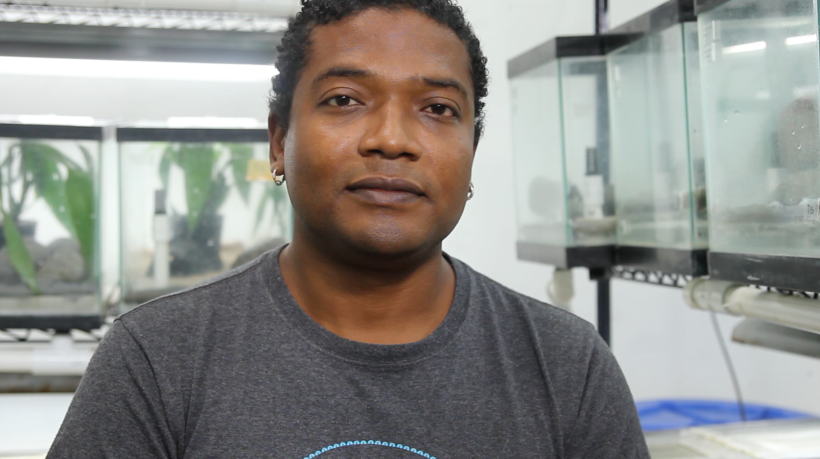
Heidi Ross.
Director, El Valle Amphibian Conservation Center. Mom. Conservationist. Packers Fan.
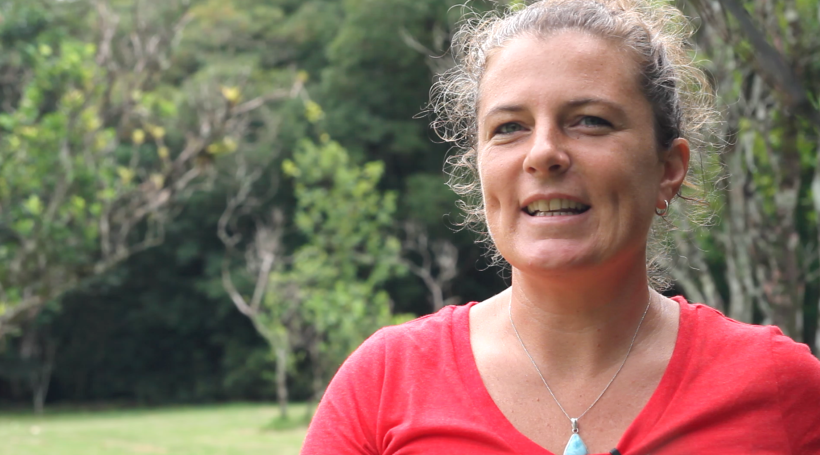
Elizabeth Kolbert.
Writer. Professor. Massachusettsian. Mom. Pulitzer Prize Winner.
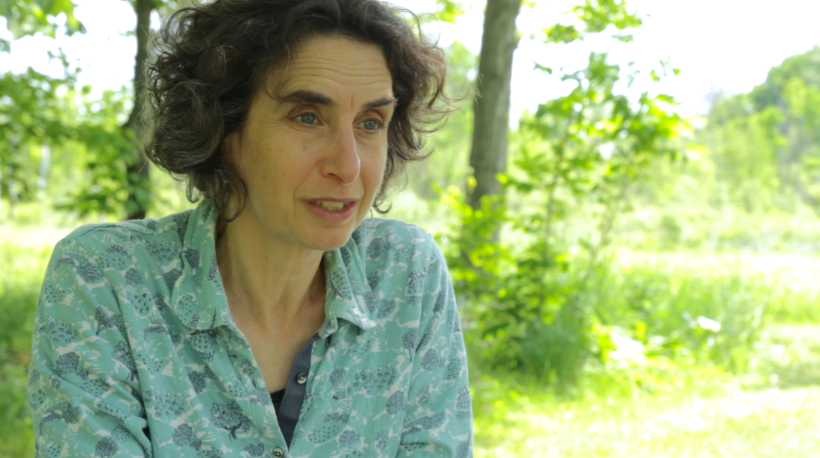
Atelopus zeteki.
Panama golden frog. Toad. National animal. Extinct in the wild. Adorable hand-waver.
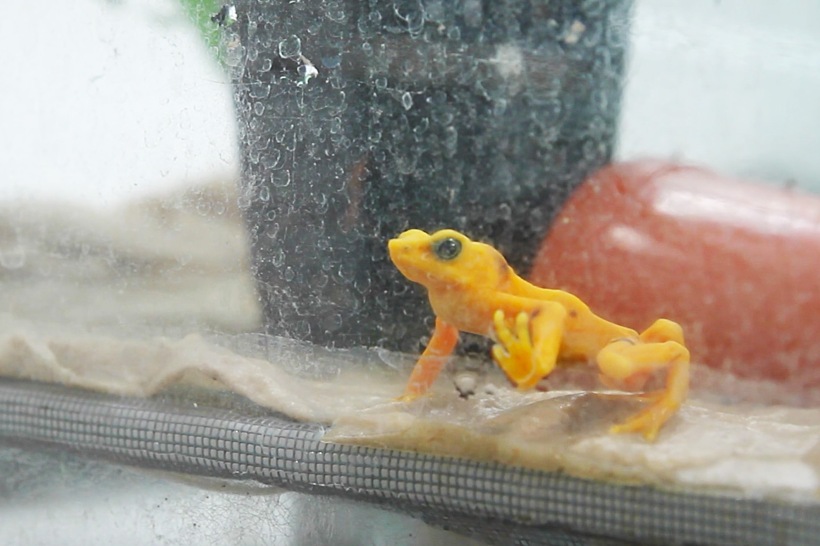
Bolitoglossa magnifica.
Magnificent web-footed salamander. Panama’s largest salamander. Maybe not as rare as feared?
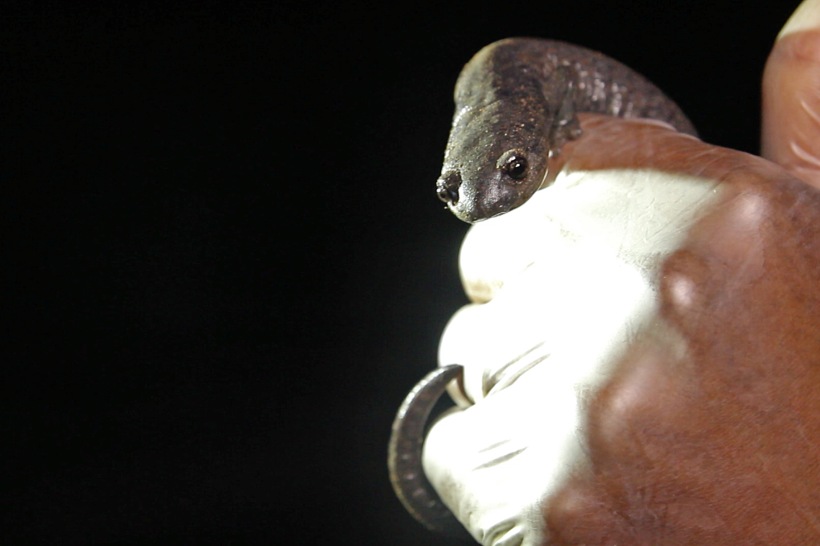
Ecnomiohyla rabborum.
Rabb’s fringe-limbed tree frog. Tree hole dweller. Oversized foot-haver. Extinct.
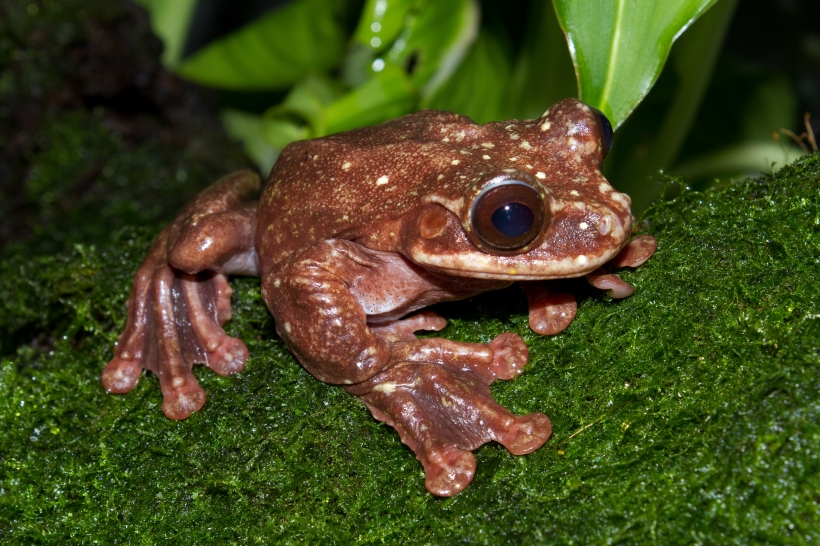
Photo by Brian Gratwicke.






